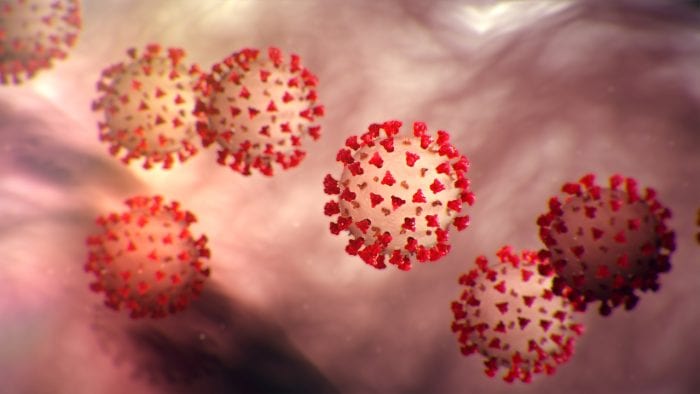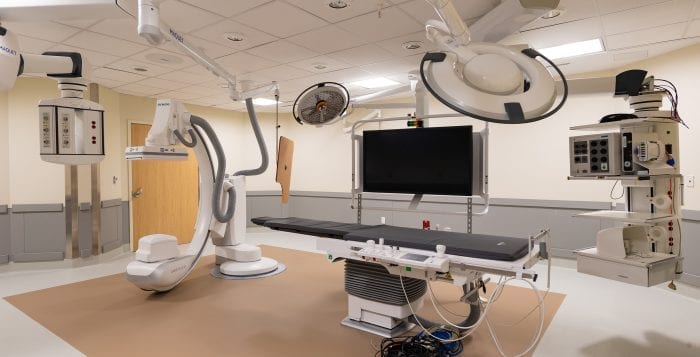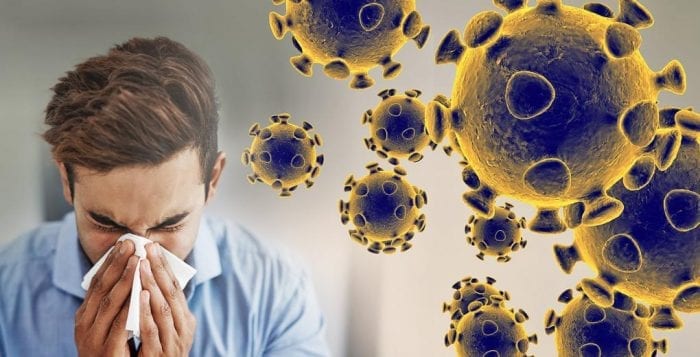Just a week after Suffolk County had no confirmed cases of the coronavirus Covid-19, the number of positive tests continues to climb. As of Tuesday, the county had 97 positive tests, with 13 in Brookhaven, 24 in Huntington, 11 in Islip and three in Smithtown.
None of the people who tested positive in the county to date is below the age of 18.
At the same time, the number of deaths attributable to the pandemic stood at three, as a woman in her 90s who was at Huntington Hospital died after contracting the virus.
Suffolk County Executive Steve Bellone (D) extended his condolences to the families of those who lost a loved one to the virus.
The County has tested 564 people, with 17 percent testing positive so far.
On a media briefing conference call, Bellone said the “idea that there are individuals that are traveling and bringing the virus here” is no longer relevant. People in the county came down with the virus through community transmission, which is why the county is joining so many other areas of the country in continuing to encourage social distancing while restricting access to sites where people might otherwise congregate, particularly on a day like St. Patrick’s Day. Bars and restaurants will only offer take-out and delivery.
At the same time, the county has closed the Civil Service Office. People can submit test applications online.
Suffolk County has accepted financial aid from the state, specifically $700,000 from the New York State Department of Health. These funds will support the local health department and “critical work on the front lines,” Bellone said.
Additionally, Suffolk County is transferring $500,000 from the Department of Public Works’s Snow Removal Fund to support the Department of Fire, Rescue and Emergency Services. This will support emergency responses efforts underway and will help purchase additional protective equipment.
“We caught a break with snow removal,” Bellone said. “We had very little snow this year.”
Bellone said he continues to work with a business response team, which the Department of Economic Development and Planning and the Suffolk County Department of Labor are leading.
Bellone said the business group was in the “discovery phase” of the plan, as the Department of Labor takes the lead on collecting data from businesses to find out “what’s happening on the ground with their work force.”
Bellone encouraged residents to sign up for Smart911, to provide emergency responders with critical medical information. Residents can sign up through the web site smart911.com. Residents can also sign up for text message updates on their mobile devices if they text CovidSuffolk to 67283.
Suffolk County hopes to have a mobile testing site up and running later this week. Suffolk County residents can make an appointment for a test by calling 888-364-3065. A triage nurse or health care professional will determine if people need tests.
It generally takes two to three days to get the results of the tests.
Separately, starting on Thursday, Stop & Shop will allow seniors who are over 60 years old to shop at their stores from 6 am to 7:30 am. The delis will open at 7 am.
Meanwhile, Brookhaven National Laboratory has suspended site access for all users, visitors and guests starting today, March 17th. The only exceptions are for users who are already on site and for users and guests permanently based at the laboratory. Facilities including the Relativistic Heavy Ion Collider, the National Synchrotron Lightsource II and the Center for Functional Nanomaterials will continue to operate.
BNL has also canceled all of their Educational and Science Learning Center programs through April 17th. The Department of Energy lab will review the program at that point. BNL has also canceled all open-to-the-public events and smaller group public tours for the next 30 days.
The lab is reviewing meetings of more than 30 people over the next month and will decide which to cancel.
BNL is encouraging telework for those people whose job responsibilities allow them to do so. The lab also has a pandemic plan that specifies essential positions and a minimum number of essential employees if they have to go to a reduced level of operations.



















